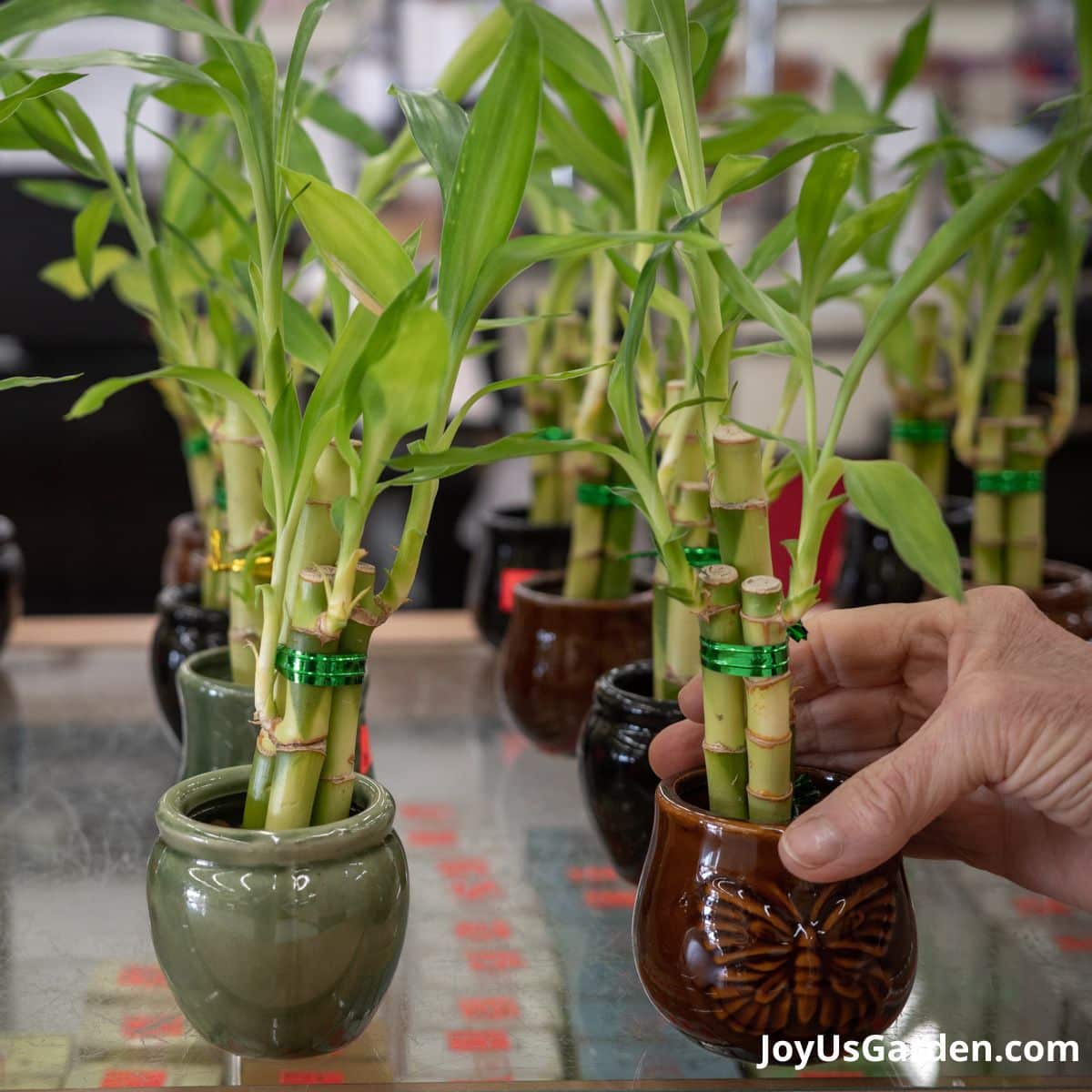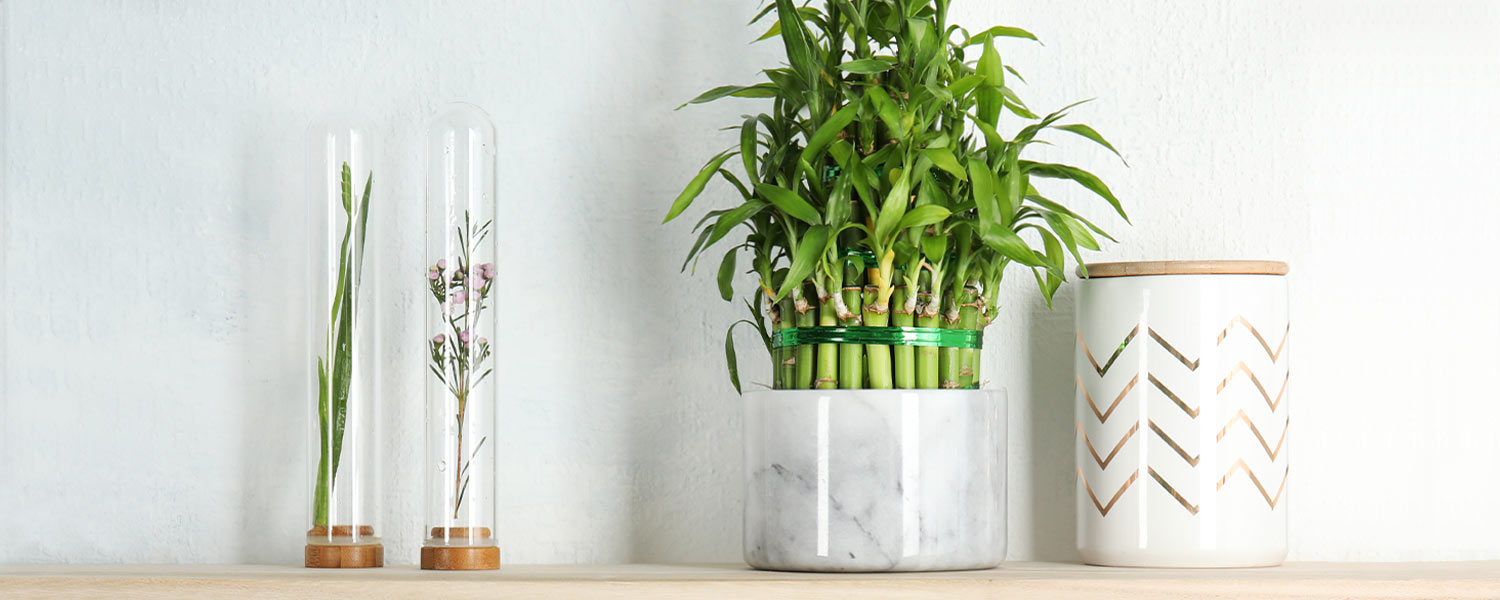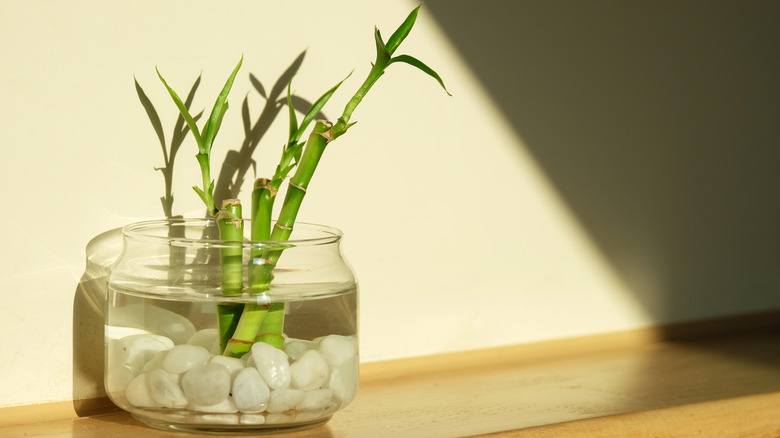Unlocking the Secrets of Thriving Lucky Bamboo
Lucky bamboo is a popular choice for indoor plants due to its low-maintenance requirements and ability to purify the air. However, to reap the benefits of this plant, it’s essential to understand how to care for lucky bamboo in water. With proper care, lucky bamboo can thrive in water, providing a beautiful and calming addition to any space. In fact, lucky bamboo is known to be one of the easiest plants to care for, making it a great option for beginners. By following the right techniques and tips, you can ensure your lucky bamboo plant remains healthy and vibrant for years to come.
Choosing the Right Water for Your Lucky Bamboo
When it comes to growing lucky bamboo in water, the type of water used can significantly impact the plant’s health and longevity. To ensure optimal growth and development, it’s essential to choose the right water for your lucky bamboo. Distilled water, tap water, and filtered water are all suitable options, but it’s crucial to understand the differences between them. Distilled water, for instance, is free from impurities and minerals, making it an excellent choice for lucky bamboo. Tap water, on the other hand, may contain chlorine and fluoride, which can be detrimental to the plant’s health. Filtered water, which has been purified through a filtration system, is also a good option. Regardless of the type of water chosen, it’s vital to prepare it properly for planting and maintenance. This includes changing the water regularly to prevent bacterial growth and ensuring the water is at room temperature to promote healthy root development. By selecting the right water and preparing it correctly, you can create an ideal environment for your lucky bamboo to thrive.
How to Plant Lucky Bamboo in Water
Planting lucky bamboo in water is a straightforward process that requires attention to detail to ensure the plant thrives. To start, select a clear glass or plastic container that is at least 2-3 inches deep and has a wide enough mouth to accommodate the plant’s roots. Next, add 1-2 inches of water to the container, making sure to use the right type of water for your lucky bamboo, as discussed earlier. Gently remove the plant from its packaging and trim any dead or damaged roots. Place the plant in the container, making sure the roots are fully submerged in water and the nodes (where the roots meet the stem) are above the waterline. Finally, position the plant in a spot with bright, indirect light and maintain a consistent water level to promote healthy growth. By following these simple steps, you can create an ideal environment for your lucky bamboo to flourish and enjoy the many benefits of growing lucky bamboo in water, including its air-purifying properties and low-maintenance requirements. Remember, proper care, including how to care for lucky bamboo in water, is essential to ensure the plant’s longevity and health.
Maintaining Optimal Water Conditions
Maintaining optimal water conditions is crucial for the health and longevity of lucky bamboo in water. One of the most important factors to consider is water temperature. Lucky bamboo prefers water temperatures between 65°F to 75°F (18°C to 24°C), which is slightly cooler than room temperature. Avoid placing the plant near heating vents or extreme temperature fluctuations. Another critical factor is the pH level of the water. Lucky bamboo thrives in slightly acidic to neutral water, with a pH range of 6.0 to 7.0. Regularly test the pH level and adjust it if necessary. Water clarity is also essential, as lucky bamboo requires clear water to absorb nutrients and oxygen. Regularly change the water and clean the container to prevent bacterial growth and maintain optimal water clarity. By monitoring and adjusting these conditions, you can create an ideal environment for your lucky bamboo to thrive and enjoy the many benefits of growing lucky bamboo in water, including its air-purifying properties and low-maintenance requirements. Remember, proper care, including how to care for lucky bamboo in water, is essential to ensure the plant’s longevity and health.
Fertilizing Your Lucky Bamboo for Healthy Growth
Fertilizing lucky bamboo in water is essential for promoting healthy growth and maintaining its vibrant appearance. When it comes to fertilizing, it’s essential to use a balanced, water-soluble fertilizer that is specifically formulated for aquatic plants. Avoid using fertilizers that contain copper, as they can be toxic to lucky bamboo. Apply the fertilizer according to the manufacturer’s instructions, usually once a month. You can also use a fertilizer specifically designed for lucky bamboo, which typically contains micronutrients such as iron, magnesium, and potassium. These micronutrients help to promote healthy root growth, increase oxygen production, and enhance the plant’s overall health. Remember, fertilizing is an essential part of how to care for lucky bamboo in water, as it provides the necessary nutrients for the plant to thrive. By fertilizing your lucky bamboo regularly, you can enjoy its many benefits, including its air-purifying properties and low-maintenance requirements.
Pruning and Grooming for a Thriving Plant
Pruning and grooming are essential aspects of how to care for lucky bamboo in water, as they help maintain the plant’s shape, promote healthy growth, and prevent root bound. To prune lucky bamboo, use clean scissors or clippers to remove any dead or damaged stems. Cut the stems at an angle, just above a node, to encourage new growth. Regular pruning also helps to control the plant’s height and encourage bushy growth. In addition to pruning, grooming is also important to keep the plant looking its best. Gently remove any algae or debris that may accumulate on the stems or leaves. This will help to prevent the spread of disease and maintain the plant’s overall health. By pruning and grooming your lucky bamboo regularly, you can enjoy its many benefits, including its air-purifying properties and low-maintenance requirements. Remember, proper care, including pruning and grooming, is essential to ensure the plant’s longevity and health.
Common Problems and Solutions for Lucky Bamboo in Water
When it comes to how to care for lucky bamboo in water, it’s essential to be aware of common problems that may arise and know how to address them. One common issue is root rot, which can occur if the water is too stagnant or if the plant is overwatered. To prevent root rot, make sure to change the water regularly and avoid overcrowding the container. Another common problem is algae growth, which can be caused by too much light or an excess of nutrients in the water. To prevent algae growth, reduce the amount of light the plant receives and use a fertilizer specifically formulated for aquatic plants. Pest infestations, such as spider mites or mealybugs, can also be a problem. To prevent pest infestations, inspect the plant regularly and treat any infestations promptly. By being aware of these common problems and taking preventative measures, you can ensure the long-term health and survival of your lucky bamboo in water. Remember, proper care, including monitoring for common problems, is essential to ensure the plant’s longevity and health.
Tips and Tricks for a Long-Lasting Lucky Bamboo
To ensure the long-term health and survival of lucky bamboo in water, it’s essential to know some additional tips and tricks. One of the most important things to remember is how to care for lucky bamboo in water, including regular water changes and monitoring of water conditions. Propagating new plants is also a great way to share lucky bamboo with friends and family, or to create a new plant for yourself. To propagate, simply cut off a healthy stem section and place it in a new container of water. Another useful tip is to troubleshoot common issues, such as yellowing leaves or slow growth, by adjusting water conditions or fertilization schedules. By following these tips and tricks, you can enjoy the many benefits of growing lucky bamboo in water, including its air-purifying properties and low-maintenance requirements. Additionally, consider rotating the plant regularly to maintain its shape and promote even growth. With proper care and attention, lucky bamboo can thrive in water for years to come.









